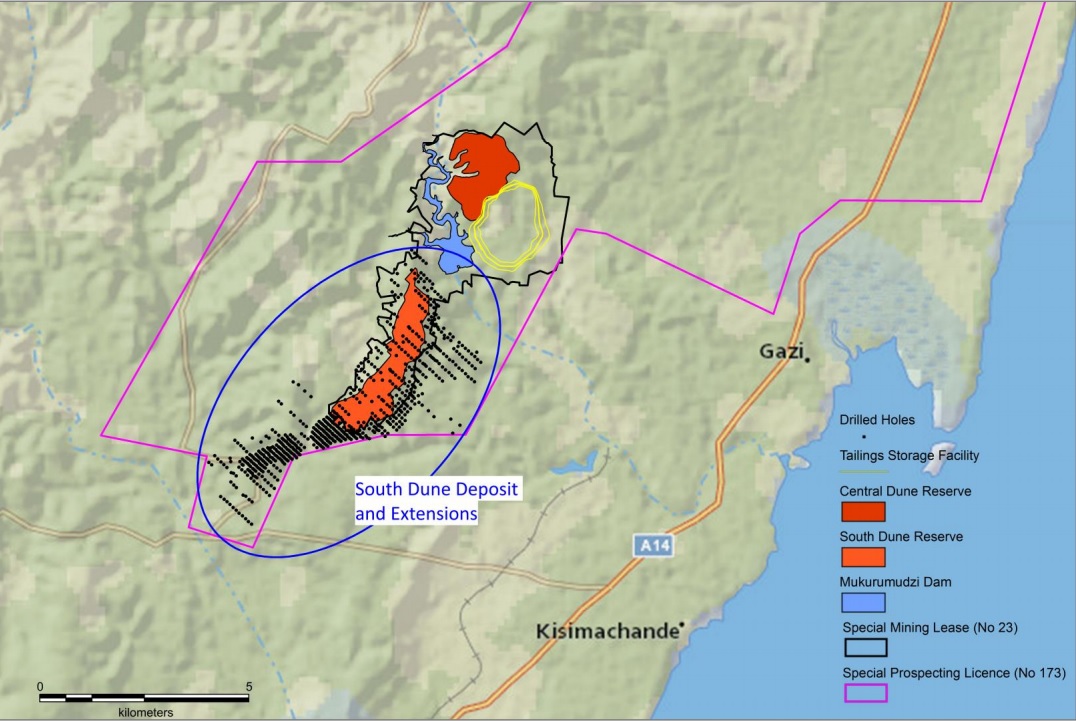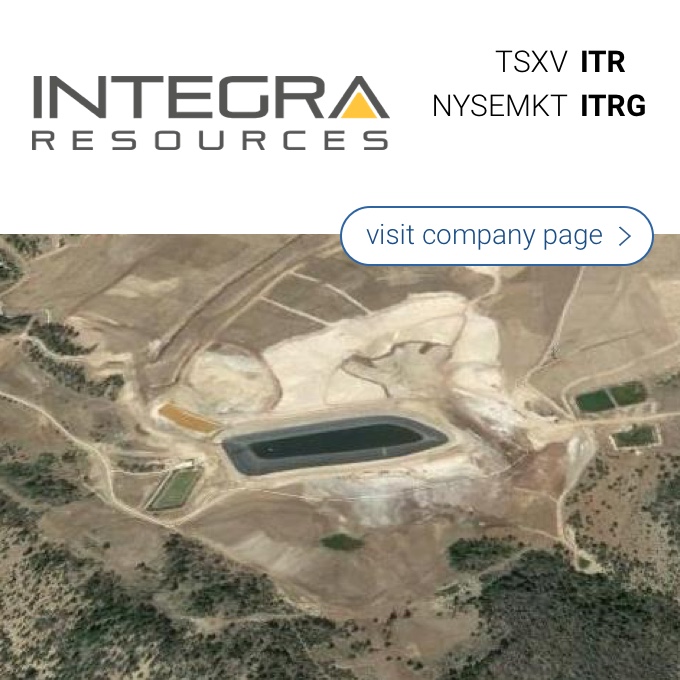
Base Resources (ASX:BSE, BSE.L) is working hard to try to extend the mine life of the Kwale mineral sands project in Kenya as it published an updated resource statement increasing the Kwale South Dune resource to 114 million tonnes, a 29% increase. The average grade of the mineral sands decreased slightly as the 29% increase in total tonnage resulted in a total increase of the heavy minerals by just 13% to 3.47 million tonnes.
It’s important to note pretty much the entire resource is now part of a measured and indicated resource, whilst 71% of the resource is already part of the measured resource. That’s much better than the 48% last year. On top of that, the higher ilmenite and rutile prices mitigate the impact of the lower grade (the average grade fell from 3.5% to 3%).

Base’s next task is to design an optimized pit shell and then submit a mine plan to the Ministry of Mines in Kenya in order to extend the current mining license or to apply for a new one. Adding more tonnes to the mineable resources and reserves would be very welcome as the current reserves and resources at Kwale will be depleted at a rate of 18 million tonnes from 2019 on, resulting in a mine life of just 5 years based on the 91 million tonnes in the company’s reserve statement.
Should a part of the 55 million tonnes at Kwale Central and the 114 million tonnes at Kwale South be converted into reserves, Base Resources will be able to operate the Kwale mineral sands operation for a lot longer than currently anticipated (2022). A conversion rate of 50% would extend the mine life (at 18 million tonnes per year) to 2026-2027 and add a lot of value as Base is currently valued as a company closing shop in 2022.
Go to Base’s website
The author has no position in Base Resources. Please read the disclaimer

